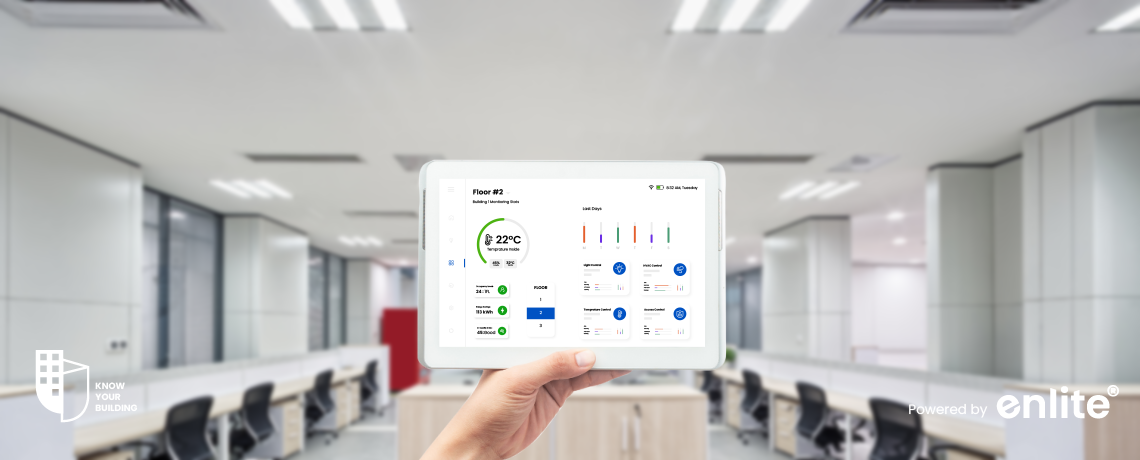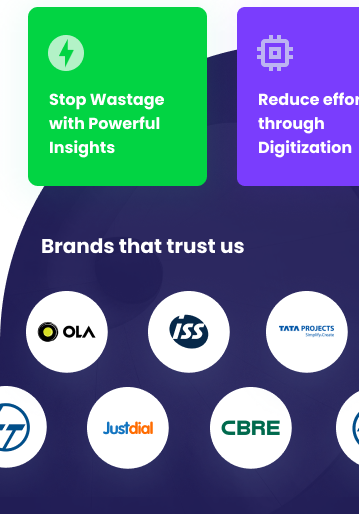In a world where sustainability is more than just a buzzword, creating an energy-efficient workplace is no longer optional—it’s essential. Not only does it help the environment by reducing carbon emissions, but it also significantly lowers operational costs and enhances employee well-being. Let’s explore the key insights into energy efficiency at work, why it’s crucial, and how our cloud-native wireless Building Management System (BMS) can make it easier than ever.
Key Insights into an Energy-Efficient Workplace
- Energy Wastage is Costly: Many workplaces consume more energy than necessary due to inefficient systems and lack of real-time monitoring. This translates to higher utility bills and a larger carbon footprint.
- Automation is the Future: Integrating smart technologies like automated lighting, HVAC optimization, and water monitoring ensures energy is used only when needed.
- Employee Engagement Matters: Educating employees about energy-saving practices and providing tools to monitor and adjust their energy consumption contributes to workplace efficiency.
Why is an Energy-Efficient Workplace Important?
- Lower Costs, Higher Savings:
Energy efficiency directly impacts your bottom line. By minimizing energy wastage, businesses can save a significant amount on utility expenses. - Environmental Responsibility:
An energy-efficient workplace supports global sustainability goals by reducing greenhouse gas emissions and resource depletion. - Employee Productivity:
Properly managed lighting and temperature systems create a comfortable work environment, boosting productivity and morale. - Regulatory Compliance:
Governments and organizations worldwide are implementing stricter regulations for energy consumption. An energy-efficient workplace ensures compliance with these norms.
How Our Cloud-Native Wireless BMS Can Help
At Know Your Building, our cloud-native wireless Building Management System (BMS) is designed to simplify energy efficiency for workplaces of all sizes. Here’s how:
- Real-Time Monitoring:
Track energy consumption across lighting, HVAC, and other systems through a single intuitive dashboard. - Predictive Analytics:
Use AI-driven insights to identify energy wastage and recommend actionable solutions. - Automation:
Automate operations like lighting adjustments, HVAC optimization, and water monitoring, ensuring energy is used only when needed. - Remote Management:
Manage your workplace’s energy systems from anywhere, reducing the need for on-site staff and enabling quick decision-making.
Get a Free Demo Today!
Transform your workplace into an energy-efficient hub with our cloud-native wireless BMS.
Contact us for a free demo to see how we can help reduce your carbon footprint, optimize energy use, and lower operational costs—all with minimal setup and maximum impact.
Let’s build a sustainable future, one energy-efficient workplace at a time.














